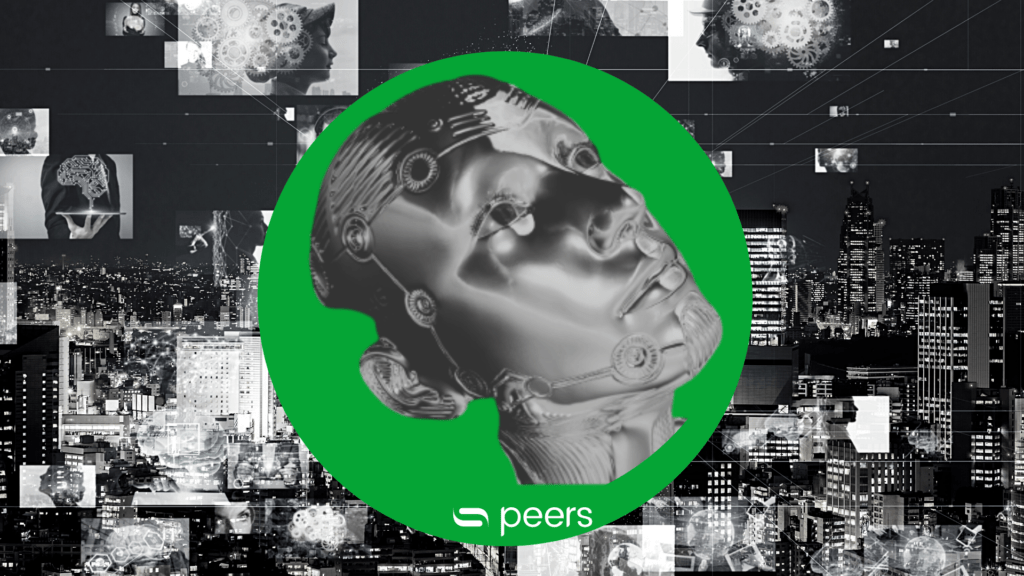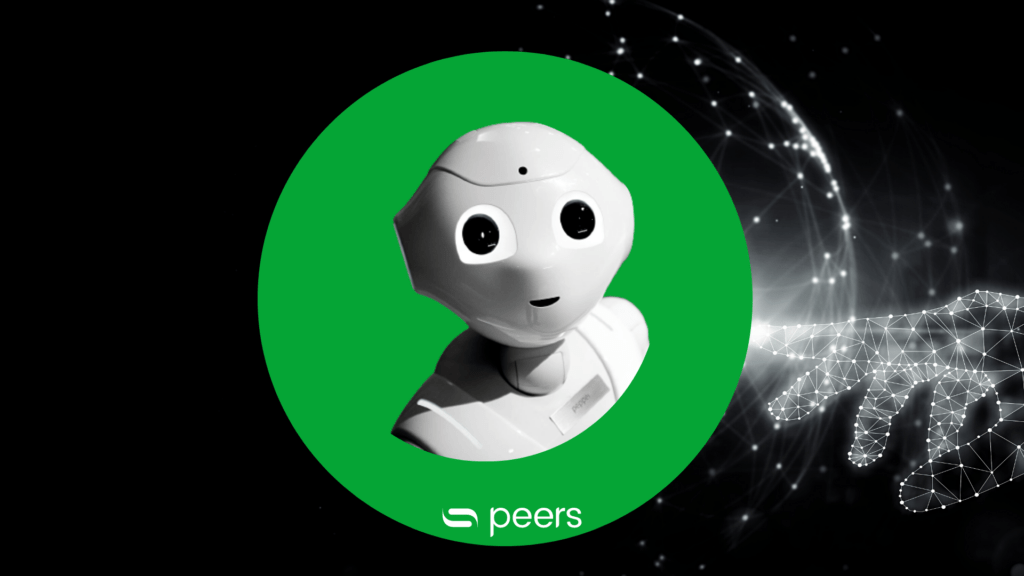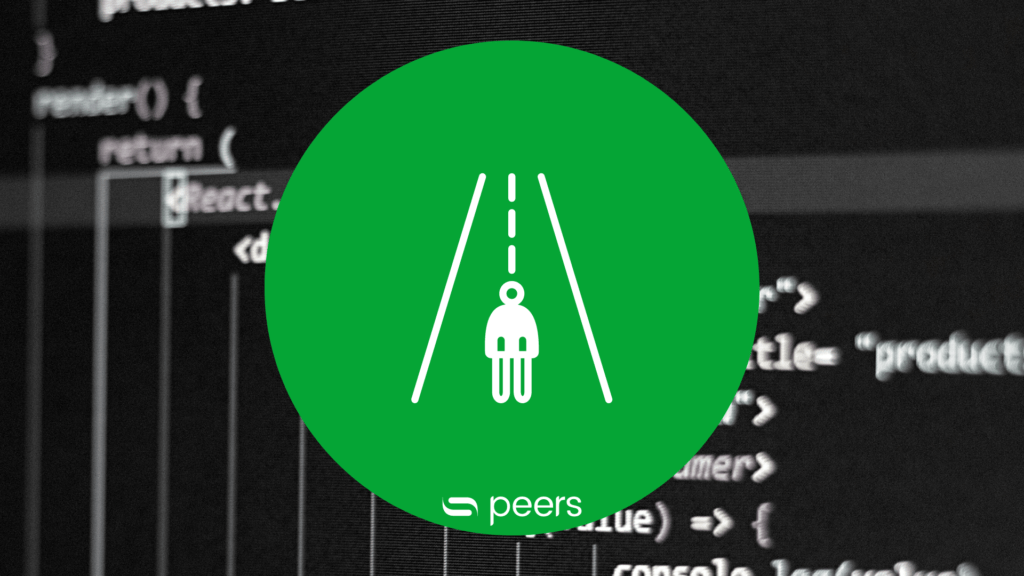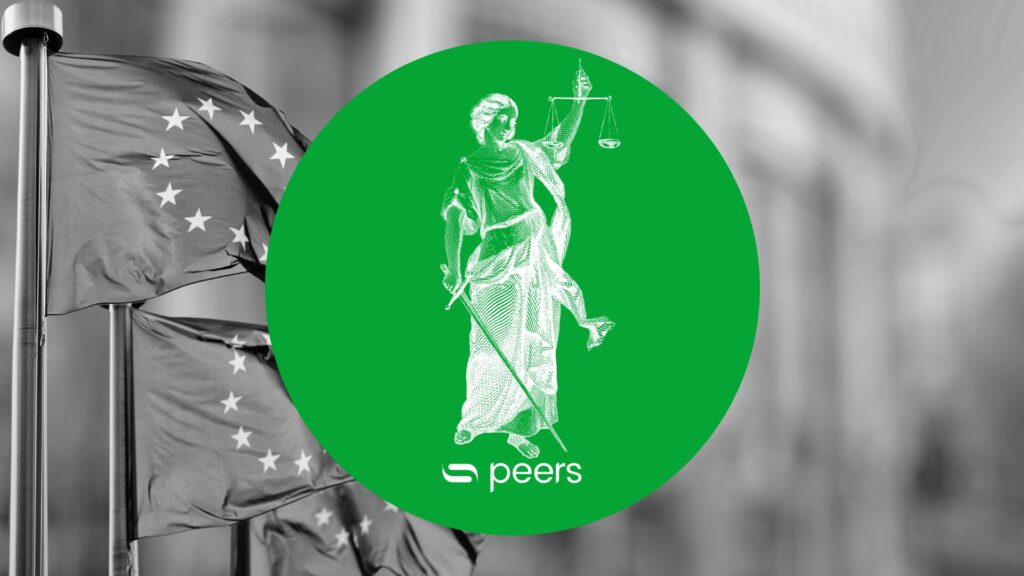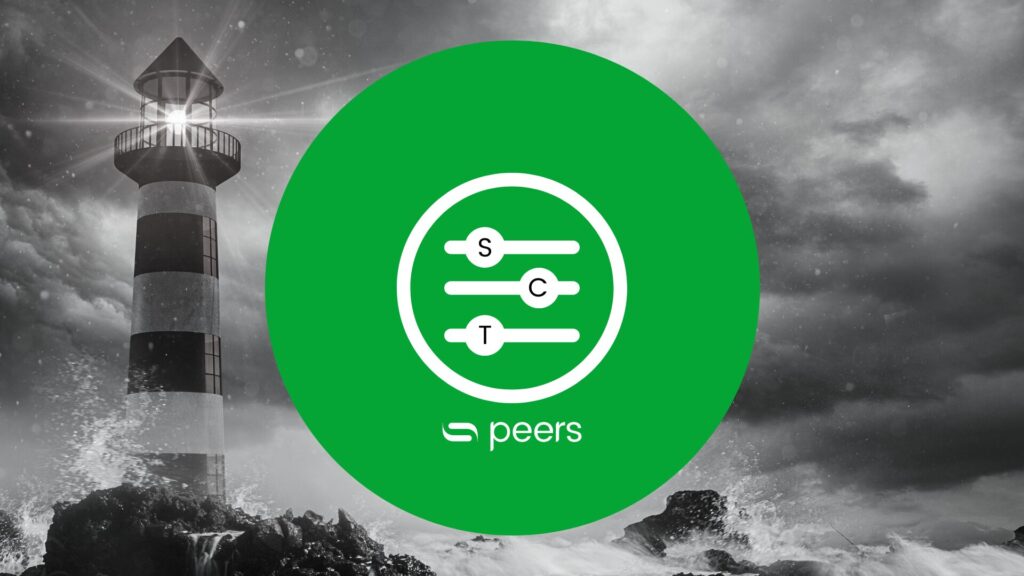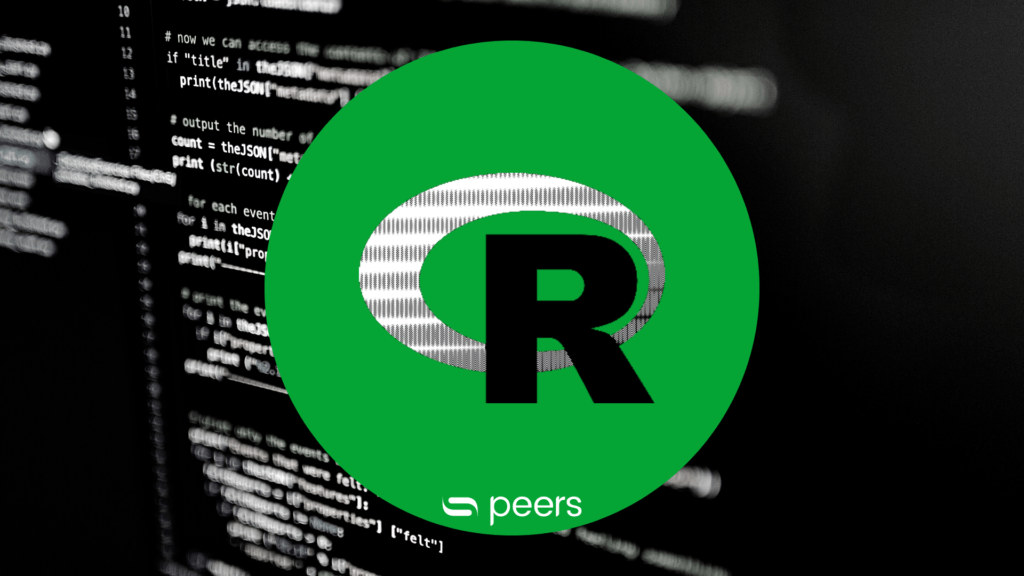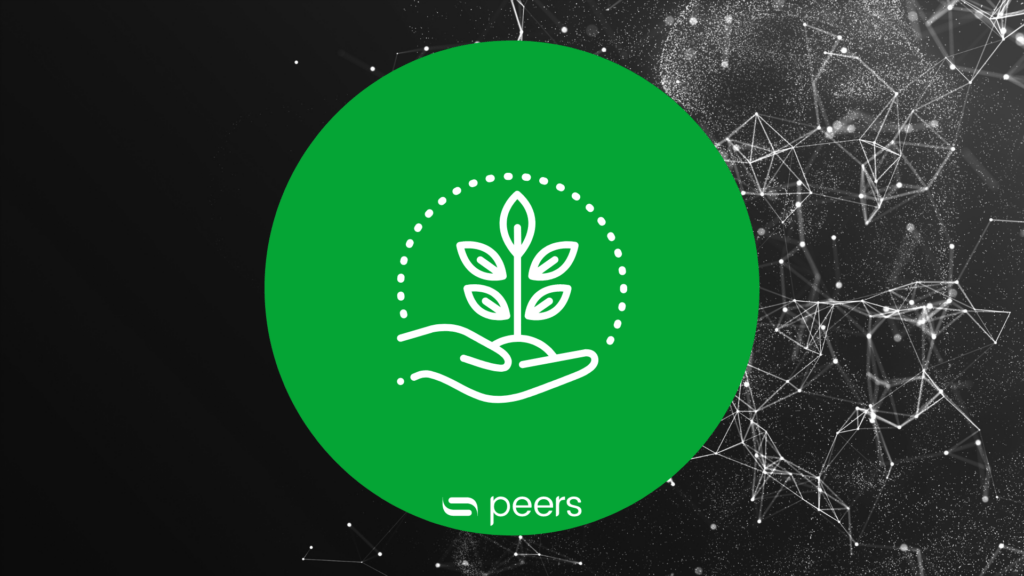Comparison: SAP Datasphere vs. SAP BW/4HANA
- Data warehousing
- DWC, SAP BW/4HANA, SAP Datasphere
- 3 min reading time

Anil Olgun
With solutions such as SAP BW/4HANA and SAP Datasphere, SAP offers different data warehousing options. While BW/4HANA specializes in structured enterprise data and analytics, Datasphere focuses on comprehensive data integration across platforms. Future innovations are likely to lie primarily in the area of Datasphere and hybrid architectures that enable the integration of BW/4HANA and Datasphere.
Table of contents
What is the difference between SAP Datasphere and SAP BW/4HANA?
SAP offers various solutions in the field of data warehousing, including SAP BW/4HANA and SAP Datasphere. Until now, BW/4HANA has been the hobbyhorse in the field of data warehousing. Since 2019, SAP Datasphere has been an innovative addition to the SAP portfolio.
In recent years, SAP's strategic focus has shifted towards public cloud products, including the Datasphere, which indicates that future developments and innovations will primarily take place in these technologies. SAP is positioning the Datasphere as a central component of the SAP data strategy, which aims to enable the seamless networking and integration of data across different sources, systems and cloud platforms. The Datasphere is therefore defined as a modern solution for orchestrating and harmonizing the data landscape that can be used regardless of the variety of data sources and formats.
SAP emphasizes the role of the Datasphere in the context of data-driven decisions and the creation of a comprehensive data ecosystem. In particular, the Datasphere's ability to build a bridge between SAP products such as BW/4HANA, other data sources and the cloud - both SAP and non-SAP - is emphasized. This integrative function is designed to help companies use their data efficiently to gain valuable insights and optimize their business processes. The positioning of Datasphere reflects the ambition to address the increasing complexity of data landscapes in modern organizations and provide a holistic approach to data management and integration.
The positioning of the Datasphere in comparison to BW/4HANA shows a distinction in its functions and areas of application. While BW/4HANA is positioned as SAP's traditional data warehouse and serves as a strategic solution for an application-driven data warehouse, the Datasphere focuses on the integration and orchestration of data across different sources and platforms.
Webinar
SAP Datasphere & SAP Analytics Cloud feature update in Q2/24
Date: 28.05.2024
Time: 08.30 - 09.15 a.m.
3 aspects in which SAP BW/4HANA and SAP Datasphere differ
SAP BW/4HANA
SAP Datasphere
Area of application:
BW/4HANA is positioned as a classic data warehouse with a strong focus on the processing and analysis of structured company data, which is specially designed for business-related analyses, reporting and the provision of company-wide information. BW support is guaranteed until 2040, which also ensures long-term investment security.
Area of application:
The Datasphere creates a comprehensive data ecosystem by enabling the seamless integration and harmonization of data from different sources and systems. This includes not only structured, but also unstructured and external data sources.
Target group:
It is particularly suitable for companies that require a central platform for analyzing and reporting their structured company data.
Target group:
Companies that are faced with the challenge of integrating data from a wide variety of sources and that require holistic data management across different platforms will find a suitable solution in the Datasphere.
Main functions:
BW/4HANA offers functions for data modeling, extraction, transformation and loading (ETL processes) as well as powerful analysis options and can be operated both in your own data centers (on-premise) and in private cloud environments.
Main functions:
The Datasphere open data ecosystem offers functions for integrating and orchestrating data. By integrating SAP products such as BW/4HANA, various data sources and cloud platforms, data access to the continuously growing data landscape is simplified, forming a basis for the Business Data Fabric. A business data fabric is a concept of data integration and management. It represents an architecture that integrates and manages data across systems, applications and cloud environments. Among other things, this achieves the Datasphere's goal of enabling consistent and seamless data access.
Conclusion and outlook
Overall, it can be said that SAP BW/4HANA was developed specifically for the processing of structured enterprise data and analytical applications, while the Datasphere aims to overcome the challenges of increasing data complexity in modern companies by enabling comprehensive data integration across different platforms in self-service. Due to SAP's emphasis on public cloud, no far-reaching innovations in BW/4HANA should be expected in the future. There is an opportunity for companies to combine both solutions in order to benefit from their respective clear strengths and implement a holistic data strategy.
As a result, future development will primarily focus on hybrid architectures that include the interaction of BW/4HANA and Datasphere in conjunction with the SAP Analytics Cloud. The use of the BW Bridge offers the possibility of transferring parts of the BW architectures to SAP Datasphere and simplifying long-term integration into the cloud.
Want to find out more about the SAP Data Warehouse options for your company?
Our s-peers team of experts is looking forward to an exciting exchange and will provide deeper insights into SAP Datasphere and SAP BW/4HANA.
Published by:

Anil Olgun
Professional Analytics consultant

Anil Olgun
How did you like the article?
How helpful was this post?
Click on a star to rate!
Average rating 5 / 5.
Number of ratings: 8
No votes so far! Be the first person to rate this post!

